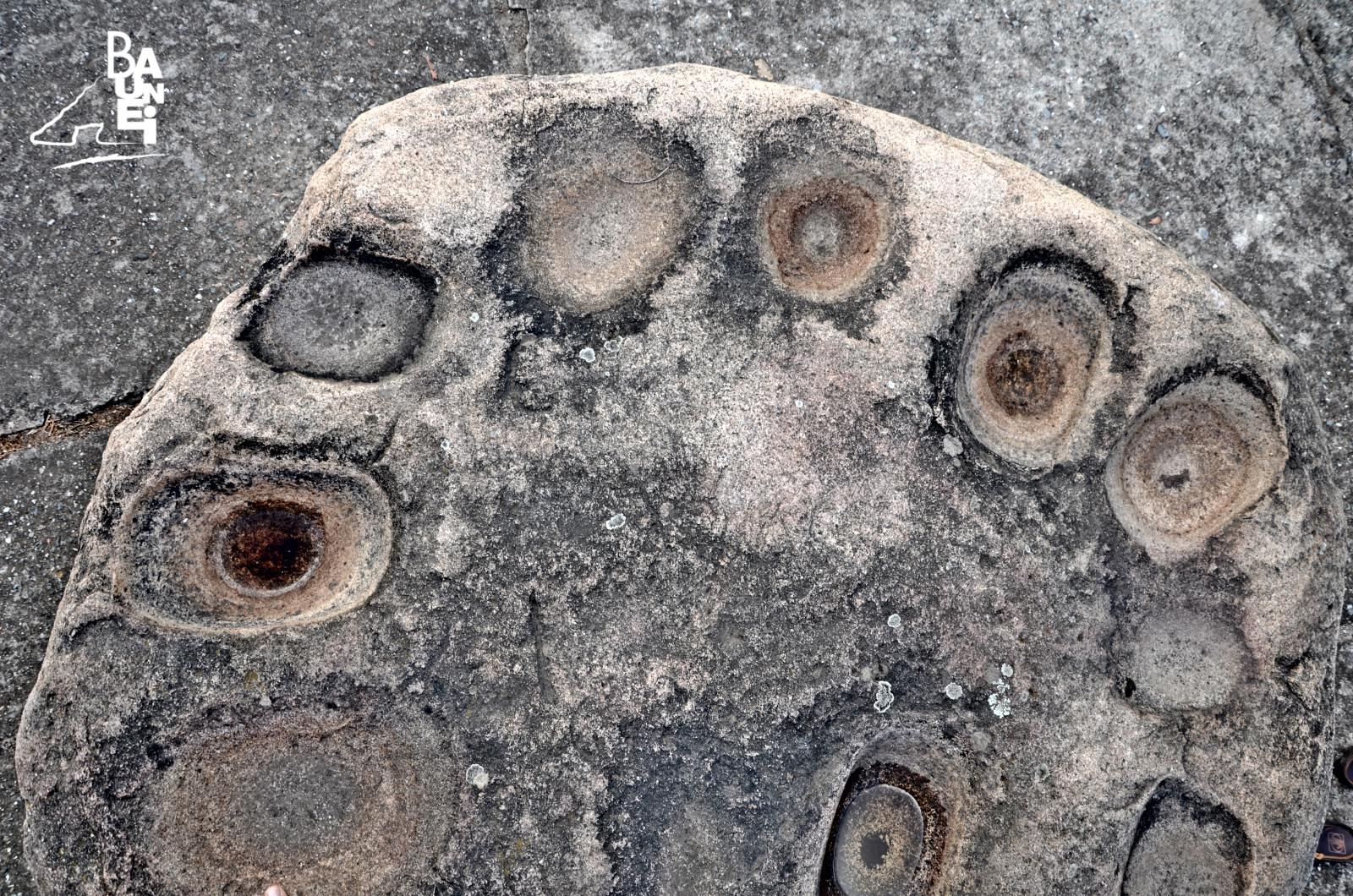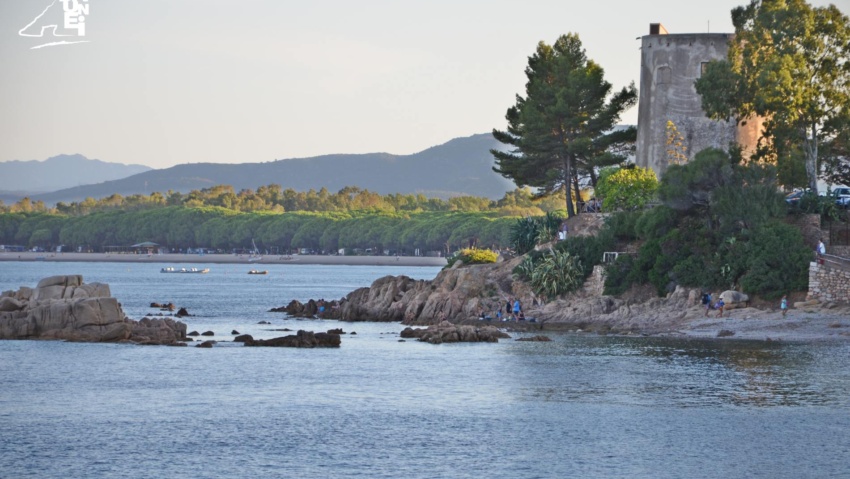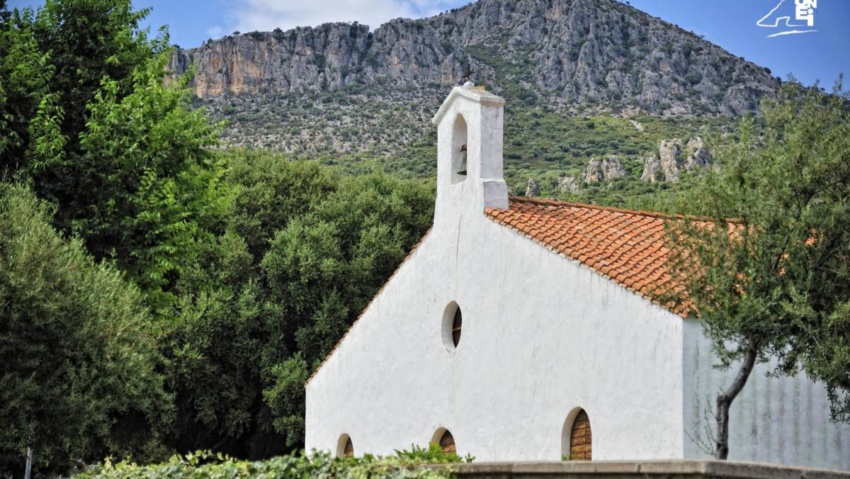The “Votive Stone”
The so-called “Votive Stone”, located a short distance from the church of the Assumption, is a pre-Nuragic archaeological find that probably dates back to the Neolithic age. A fascinating and mysterious artifact of ancestral religious rites, the “Votive Stone” documents ancient human settlements in the area. Found near the church in 1955 during the construction of the churchyard’s retaining wall, the stone was originally placed at the foot of the new wall. It was only later moved to where it is currently located, on the pavement overlooking the main beach, in front of the staircase leading to St. Mary’s churchyard, so that it may be seen and reached by all those visiting the small coastal hamlet. “Masso erratico a coppelle” (“erratic boulder with cup-marks) is how archaeologists defined the granite boulder that has become one of the symbols of Santa Maria Navarrese. It is of a truncated-pyramidal shaped stone block, with a surface featuring a series of eleven recesses, known as “cupels”.
Scholars believe that boulders that had been worked like that may have been used as sacrificial altars, perhaps in special votive cults which included offerings to the gods. According to some, the Santa Maria Navarrese votive stone is one of the “common millstones” to all extents and purposes, which had a central role in socially and religiously significant rituals, during which, probably on important dates related to seasonality and production cycles, they were used to grind grain. The surface of the monument’s laying face has eleven recesses (couvettes or prayers), made in the negative all along the marginal section of the visible top face.
Also during the work carried out in 1955 (unfortunately not adequately documented by subsequent public reports of the excavations), inside the church, near the main altar, was found a small silver reliquary (four centimeters square and heart-shaped). The reliquary, hollow and a golden color inside (containing relics of a saint that is still unknown to this day), has an inscription in Arabic on the outside. The writing in Arabic in a Christian reliquary does not surprise, since Christian rites in Arabic were practiced in the Iberian Peninsula during the long centuries of the “Reconquista” by Christians who had become Arabised, accepting the laws, customs and language of the conquerors.





